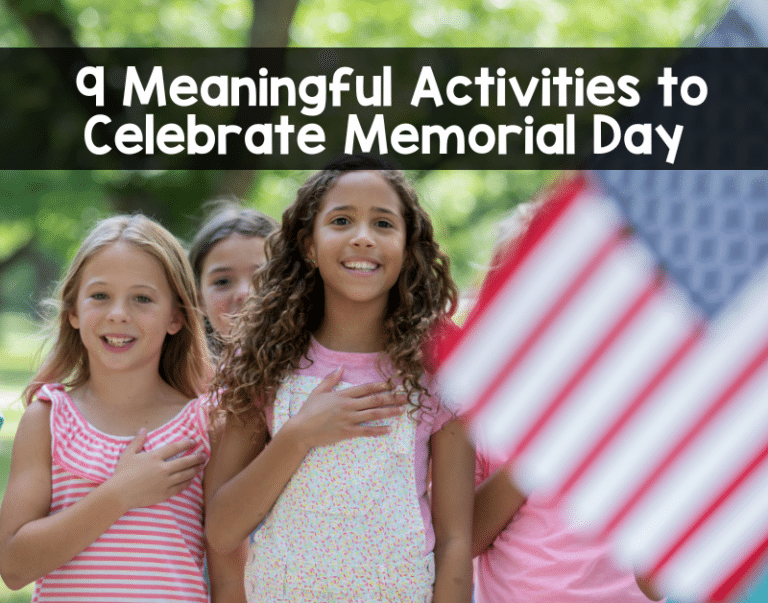As a teacher, you know the first week of school sets the tone for the entire academic year. As a fifth-grade teacher, my goal was to create a positive and inclusive learning environment right from the start. One way to do this is by incorporating icebreakers into your back to school lesson plans. Icebreakers are fun, low-stakes activities that break down barriers between students and promote communication and active listening skills. Read on to find out about a few of my favorite back to school icebreakers.
Two Truths and a Lie
This classic icebreaker encourages students to actively listen and engage in critical thinking. Each student takes turns sharing three statements about themselves, two of which are true and one that is a lie. The rest of the class then has to guess which statement is the lie. This activity promotes attentive listening as students carefully consider the statements and ask questions to uncover the truth.
Find Someone Who Can
This icebreaker is similar to the “Find Someone Who” activity you may have seen on the internet. The difference is instead of finding someone in class who went to Europe this summer (and boo to those who stayed home), I create a page with easy review academic questions, such as, “Which word is spelled incorrectly?” or “What is the sum of 6 x 4?” This activity helps students to showcase their academic skills and find others that may be good at either math or language arts while at the same time encouraging them to talk with students they might not get to know right away.
The Human Knot
In this physical icebreaker, students stand in a circle and extend their hands into the center, randomly holding hands with two different people. The challenge is to untangle the “human knot” without letting go of anyone’s hand. Students must communicate and actively listen to one another to strategize and solve the puzzle. This activity encourages teamwork and enhances listening skills, as students need to pay attention to their classmates’ suggestions. Here is a great video that shows this activity in action.
Find Someone Who Can...
This icebreaker sparks lively discussions and encourages students to express their preferences while listening to others’ opinions. Divide students into small groups of three or four people. Write a series of scenarios on index cards or task cards, such as “Would you rather have the ability to fly or be invisible?” You can also focus questions on school or academic scenarios, for example, “Would you rather read a novel or a short story?” or “Would you rather play PE or do an art lesson?” Students can share their choices and explain their reasoning while also actively listening to their peers’ justifications. This activity promotes communication skills and develops active listening skills by encouraging respect for differing opinions.
Emoji Sharing
Emojis are a popular way to express emotions, and this icebreaker harnesses their familiarity to encourage students to share their feelings. Prepare a set of emotion cards featuring different emojis, such as happy, sad, surprised, or confused. Each student selects a card and expresses why they feel that way, while the rest of the class actively listens and shows empathy. Another option is to show the class the emoji cards and ask students to tell what they would do to help someone that seems to experiencing the emotion. For example, show the anger emoji to students. They then can brainstorm how they could diffuse the anger or ask questions as to why the students might be angry. This activity promotes emotional intelligence, active listening and creates a supportive classroom environment.
Icebreakers are powerful tools that can enhance communication and active listening skills in the fifth-grade classroom. You can build a positive and inclusive learning environment by incorporating these engaging activities during the first week of school.
If you are looking for fun and engaging icebreakers that will not only break the ice but also promote a positive classroom environment, take a look at some I have created just for you!







